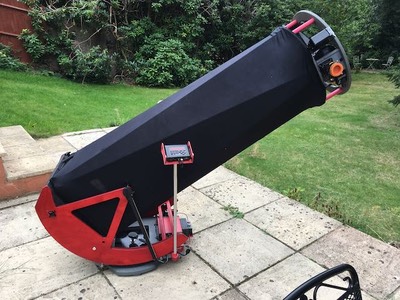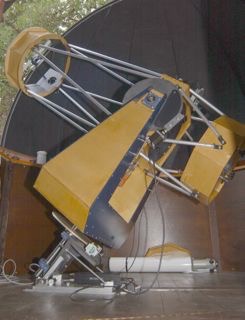I’ve had an old QHY5L-ii-M CCD lurking in a box for years. Having spent too many evenings at Kelling Heath this year waiting for clouds to disperse (they didnt!), I thought I should make an ‘all sky camera’ so I could view the sky from the warmth, and I’d like to capture meteors with it too.
On digging out the camera, I was amazed to find I also had a suitable lens. So all I needed was a box, acylic dome, dew heater and a long USB cable. Or so I thought.
Some quick testing of the camera reminded me that it is a temperamental beast with poor drivers. The most reliable drivers appear to be the ASCOM variants, but even these weren't stable enough with the applications I wanted to run.
Mainly I wanted to use AllSkEye which is purpose written for whole sky imaging, capturing and processing images all night if needed, and even featuring a meteor detector!
This wouldnt work with the QHY5L for more than a few minutes before crashing. The AllSkEye creator (Mike Poelzl) responded to emails and suggested I use a Raspberry PI (RPi) as an Indigo server out in the camera box.
Indigo is like Ascom in some respects, but clearly aimed at controlling the many parts of an astrophotography set up. Running on the RPi I could connect to it via wifi, thereby eliminating the long USB cable requirement.
I had a spare RPi and it didnt take long to set it up with the Indigo Sky server software. A bit more learning and I was able to access the camera very nicely from AllSkEye and other applications running on my desktop Mac. Very impressed with the Indigo suite.
I went a bit further and added a relay board so that I can control the dew heater (off - 5V - 12V) as it does heat the camera box up, and control a homebrew motorised focus.
Here’s the finished unit

Here’s the inside

and here’s a image from my first night, complete with meteor!




